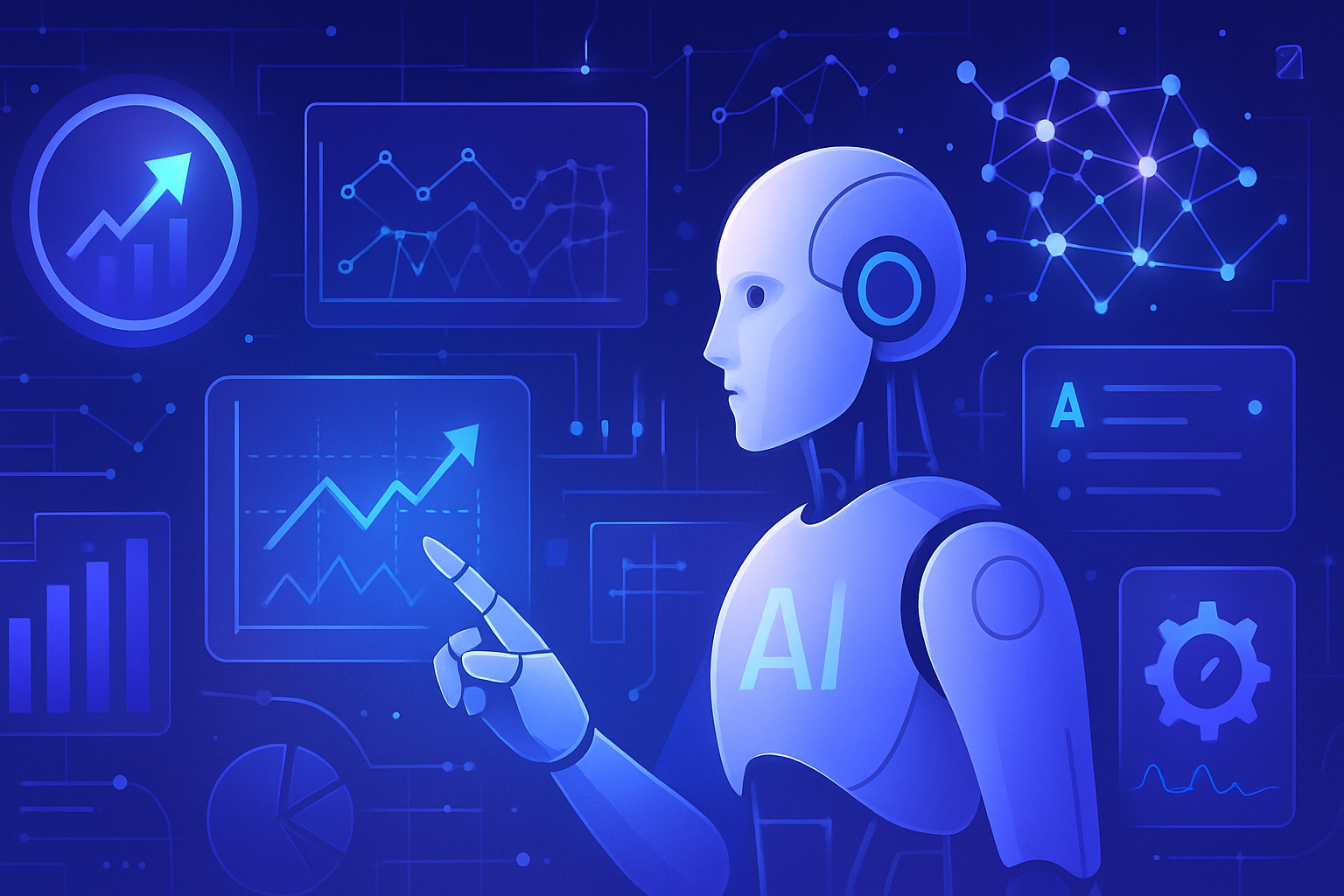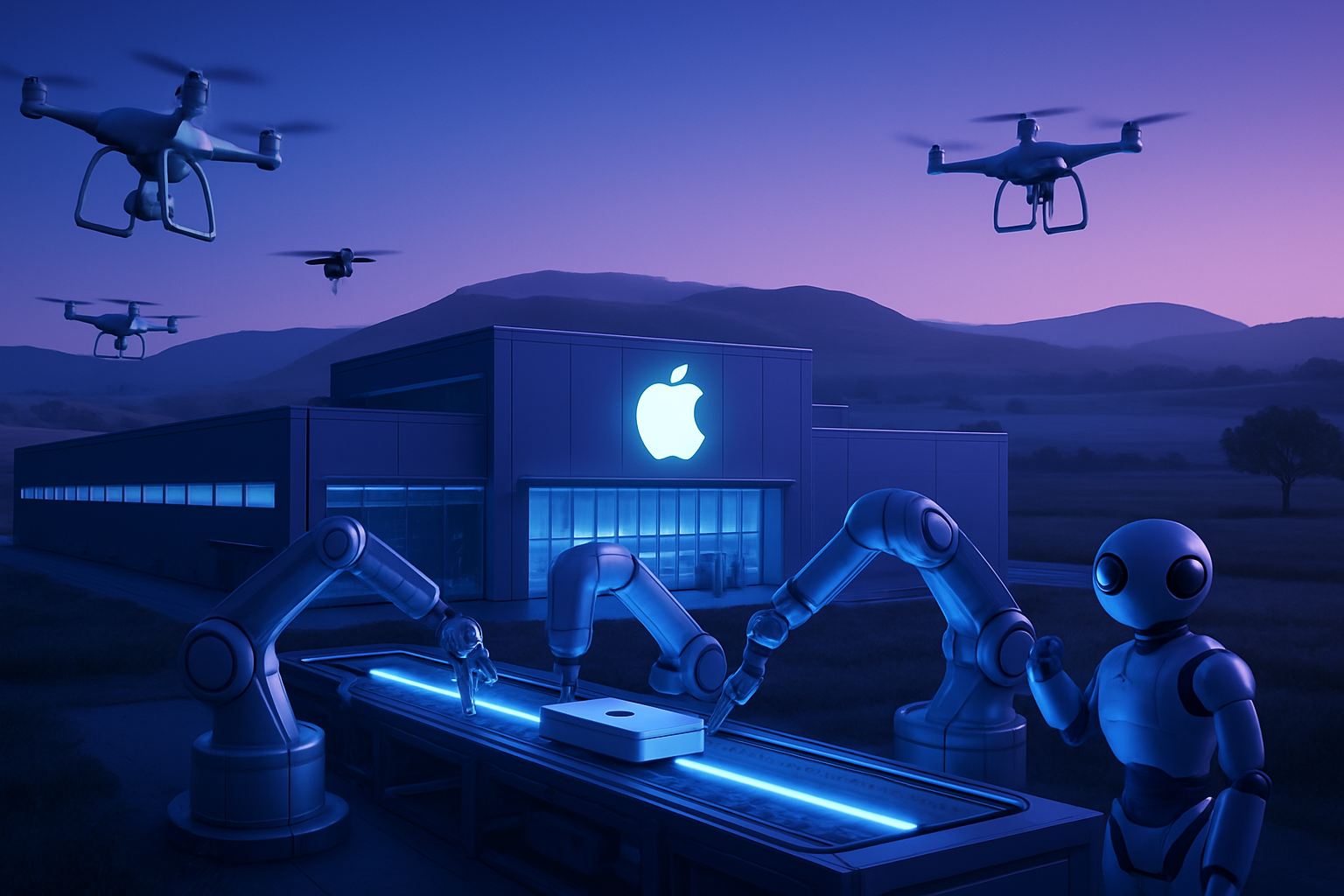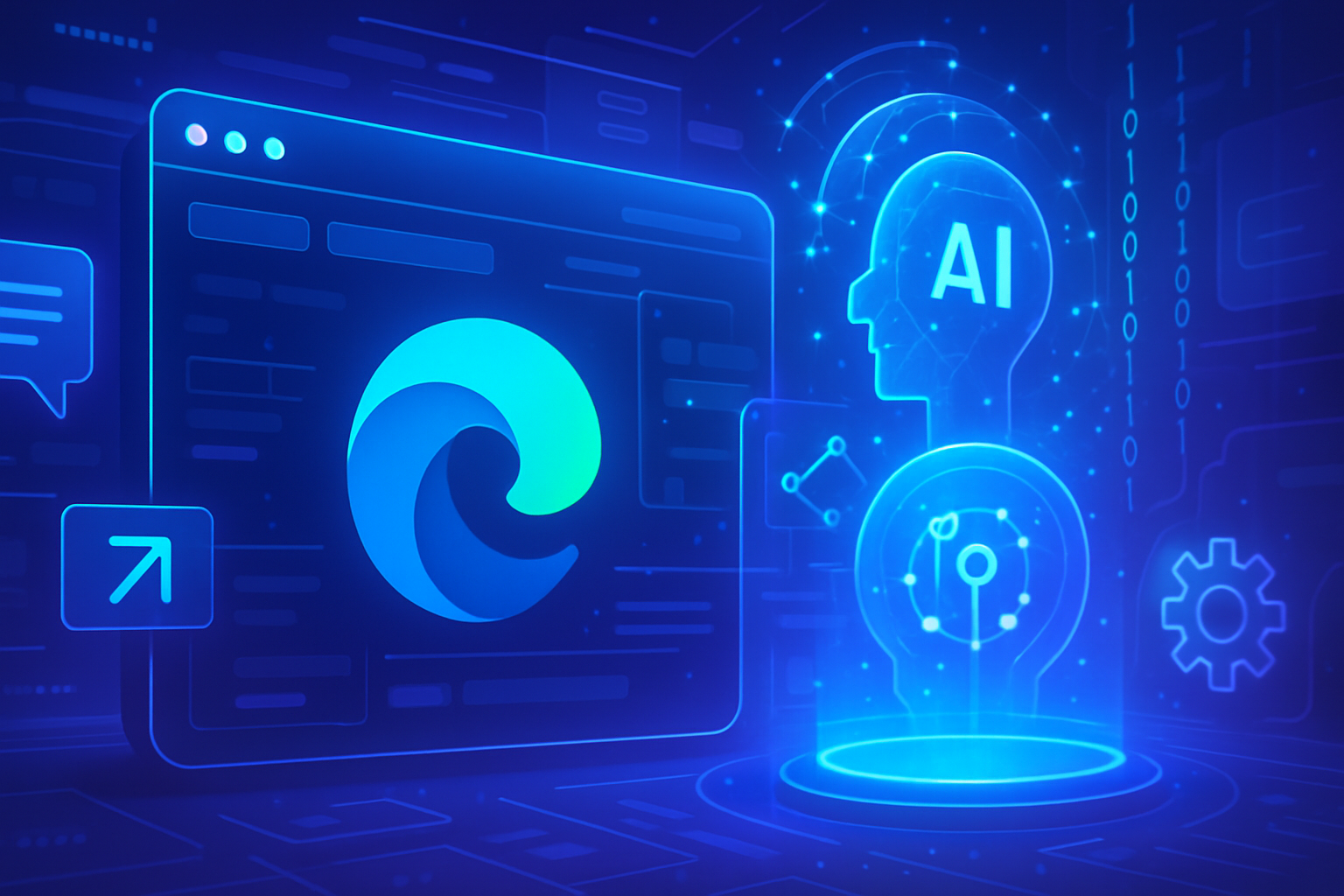The emergence of vibe coding is revolutionizing the software development landscape. Advances in artificial intelligence transcend mere execution, redefining the interaction between programmers and technologies. Fundamental questions arise: how to *measure* the impacts of these transformations? What method to *optimize* the benefits generated by these new tools?
In the face of these challenges, the quest for efficiency requires evaluating both the speed and quality of the produced code. Far from sterile skepticism, professionals must articulate their practices with a critical and pragmatic approach, integrating the three dimensions of performance: security, traceability, and *user experience*.
Impact and Adoption of Generative AI
Over the past three years, the emergence of generative artificial intelligence has profoundly changed the reality for developers. According to the DORA (DevOps Research and Assessment) report conducted by Google Cloud, 90% of developers use generative AI, marking a 14% increase in one year. However, their usage is sporadic: only 7% rely systematically on these tools. The majority of them (60%) turn to AI for specific tasks or particular problems.
The benefits of this technological change are notable. Over 80% of professionals surveyed report having observed an increase in their productivity thanks to AI. Despite this, confidence in the quality of the generated code remains mixed. About 30% of developers express doubts regarding the reliability of the code produced by these systems.
Security and Quality Issues
Security concerns are paramount. A report from Checkmarx indicates that 81% of delivered code has vulnerabilities. This finding raises questions about the governance surrounding the use of AI. In the majority of cases, companies have not established internal policies to frame this practice. Consequently, most developers are exposed to an increased risk from cyberattacks.
Beyond security, the distinction between productivity and quality requires rigorous assessment. Benjamin Brial, CEO of Cycloid, emphasizes that the acceleration of development must not sacrifice code maintainability. Poor management could lead to technical debts that teams will struggle to pay off in the long term.
Evaluation Criteria for Generative AI
Existing metrics like DORA, SPACE, and DevEx provide a solid foundation for measuring the effectiveness of AI tools. DORA examines criteria such as deployment frequency and restoration time. SPACE and DevEx focus on developer experience, including engagement and satisfaction. Based on these indicators, organizations can assess the real impacts of AI on their performance.
To quantify the gains brought by generative AI, it is advisable to maintain a performance history. This allows identification of trends and potential improvements. Maxime Fonthieure, VP R&D at Forterro, stresses the importance of an approach grounded in observable results to develop sound strategies.
Balancing Speed and Maintainability
The debate around the benefits of AI should not be reduced to the mere speed of execution. Companies must adopt a multi-criteria approach that combines performance and quality. A critical approach is necessary to evaluate the productivity of AI tools. Thus, it is essential to consider the frugality and carbon impact of the generated code. Benjamin Brial insists on the need for a positive developer experience, clarifying that AI should lighten the mental load rather than increase it.
The integration of AI without re-evaluating processes can lead to seemingly deceptive productivity, making project management difficult. The accumulation of hard-to-maintain code could affect overall performance. Far from merely filling tasks, AI should be a facilitator of workflow.
Managing Intellectual Property Risks
Considerations regarding intellectual property exacerbate the complexity of issues related to the use of AI. Vibe coding systems are trained on public databases, often sourced from platforms like Stack Overflow. Developers must be aware of the legal implications associated with using these resources, both in terms of copyright and compliance with open-source licenses.
At the same time, establishing clear governance frameworks is essential to guide teams in using AI. Every developer must be made aware of the company’s policies regarding the exploitation of this technology. Proper management will help secure processes while ensuring compliance with current regulations.
Collaboration and Agile Methods
Pair programming and test-driven development (TDD) take on a central role in the age of AI. These collaborative practices encourage knowledge sharing among professionals with different expertise. The pairs formed by junior and senior developers allow for knowledge transfer. Maxime Fonthieure states that these exchanges enrich the understanding of tools and challenges faced.
Tests, integrated into the development process, ensure the reliability of the code iteratively. This approach streamlines interactions with AI while reducing the risk of failure. The multiplication of feedback is essential to adapt work methods to the use of AI and maximize its effectiveness.
Optimizing Development Environments
A Model Context Protocol (MCP) server could prove beneficial by integrating internal rules and project practices to enhance the quality of results provided by AI. This infrastructure would allow teams to configure their interactions with AI tools according to their specific needs. The diversity of working environments makes this optimization necessary in order to maintain neutrality and efficiency in deliverables.
Adopting a collaborative approach while intelligently leveraging AI tools is crucial for the long-term prosperity of organizations. The transition to AI integration will require continuous adjustments and a willingness to evolve established practices.
Frequently Asked Questions
What is Vibe Coding and how does it influence software development?
Vibe Coding refers to the use of Artificial Intelligence to generate and process code through natural language instructions. This reduces the time spent on programming by automating repetitive tasks and facilitating the transformation of concepts into executable code.
How to measure the impact of Vibe Coding on the productivity of development teams?
To measure the impact of Vibe Coding, it is essential to rely on pre-existing metrics such as deployment frequency, modification execution time, and modification failure rates. Comparing these indices before and after the integration of AI allows for evaluating productivity improvements.
What are the risks associated with the use of Vibe Coding concerning code quality?
The risks include the generation of code with security flaws, given that a majority of delivered code has vulnerabilities. It is crucial to have rigorous verification and validation processes to ensure the quality of code produced by AI tools.
What best practices should be adopted to integrate Vibe Coding within a team?
It is advisable to adopt a clear AI strategy, verify the integrity and maintainability of the generated code while training developers to use the tools so they can benefit from them without compromising the final product’s quality.
Does Vibe Coding require prior programming knowledge?
Although Vibe Coding facilitates code generation, an understanding of programming principles remains essential. Developers must be able to understand and verify the code proposed by AI to ensure its proper functioning.
How does Vibe Coding impact the developer experience (DevEx)?
If well integrated, Vibe Coding can greatly enhance the developer experience by reducing mental load, providing an integrated work environment, and allowing developers to focus on more complex and creative tasks.
What are the implications regarding intellectual property when using Vibe Coding?
The use of Vibe Coding can raise intellectual property issues, especially if the generated code uses protected elements. It is important to establish clear policies regarding the rights and uses of code generated with AI.
How to avoid regressions when using Vibe Coding?
To limit regressions, it is recommended to apply methods such as test-driven development (TDD) and use frameworks that help maintain high-quality standards throughout the development process.






